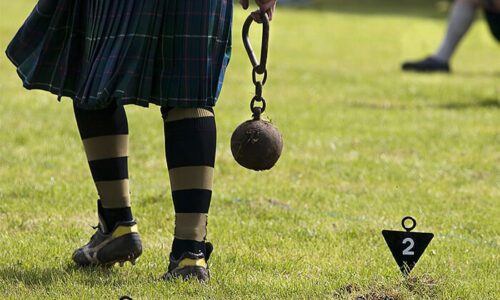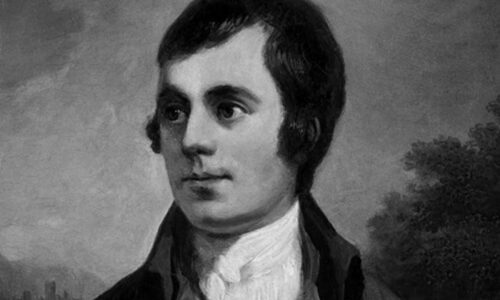The Great Kilt, also known as the Breacan an Fheilidh or belted plaid, is a traditional garment worn by Scottish Highlanders. The Great Kilt is an essential part of Scottish culture, and it has a fascinating history. In this article, we will explore the origins of the Great Kilt, how it was worn, and its significance in Scottish history.
History of the Great Kilt:
The Great Kilt is a long piece of woolen fabric that measures up to six yards in length and two yards in width. It was traditionally worn by Scottish Highlanders, who lived in the rugged, mountainous regions of Scotland. The Great Kilt was first worn during the 16th century, and it quickly became a symbol of Scottish identity.
The exact origin of the Great Kilt is uncertain. Some historians believe that the garment was inspired by the Roman toga, while others suggest that it was inspired by the plaid worn by Celtic warriors. Regardless of its origins, the Great Kilt became an essential part of Scottish culture and was worn by Highlanders for centuries.
How was the Great Kilt Worn?
The Great Kilt was worn in a unique way that distinguished it from other types of clothing. It was first folded in half lengthwise, and then it was draped over the wearer’s shoulder. The kilt was then belted at the waist, and the excess fabric was pleated and secured at the front of the belt.
The Great Kilt was versatile and could be worn in different ways, depending on the occasion. It could be worn as a cloak to protect against the cold and rain, or it could be wrapped around the body to provide warmth and protection during battle.
The Significance of the Great Kilt:
The Great Kilt was more than just a piece of clothing; it was a symbol of Scottish identity and culture. The kilt was worn by Highlanders during times of war and peace, and it became a symbol of resistance against the English occupation of Scotland.
During the 18th century, the English government passed several laws that banned the wearing of the Great Kilt. This was an attempt to suppress Scottish culture and identity. However, the Highlanders continued to wear the Great Kilt in secret, and it became a symbol of their resistance against English oppression.
FAQs:
Is the Great Kilt still worn today?
Yes, the Great Kilt is still worn today, although it is not as common as it once was. It is mostly worn on special occasions, such as weddings and Highland games.
How is the Great Kilt different from the modern kilt?
The Great Kilt is a long piece of woolen fabric that is worn wrapped around the body, while the modern kilt is a shorter, tailored garment that is worn over the waistcoat and shirt.
Why did the English government ban the wearing of the Great Kilt?
The English government banned the wearing of the Great Kilt as part of their efforts to suppress Scottish culture and identity.
How long does it take to make a Great Kilt?
It can take several hours to make a Great Kilt, depending on the quality and complexity of the garment.
What is the tartan pattern on the Great Kilt?
The tartan pattern on the Great Kilt represents the wearer’s clan or family. Each Scottish clan has its own unique tartan pattern.
Conclusion:
In conclusion, the Great Kilt is a fascinating piece of Scottish culture and history that has evolved over centuries. Originally worn as a practical garment for outdoor activities, it eventually became a symbol of Scottish identity and pride. Despite its decline in popularity after the 18th century, the Great Kilt remains an important part of Scottish heritage and is still worn by some to this day.
We hope that this article has provided you with a comprehensive understanding of the Great Kilt and its origins. By exploring its history and significance, we hope to have increased your appreciation for this iconic Scottish garment.
If you have any further questions or comments about the Great Kilt, please don’t hesitate to reach out. We would be happy to provide more information and continue the conversation.
Thank you for reading, and we hope that you have enjoyed learning about the Great Kilt as much as we have enjoyed writing about it.




